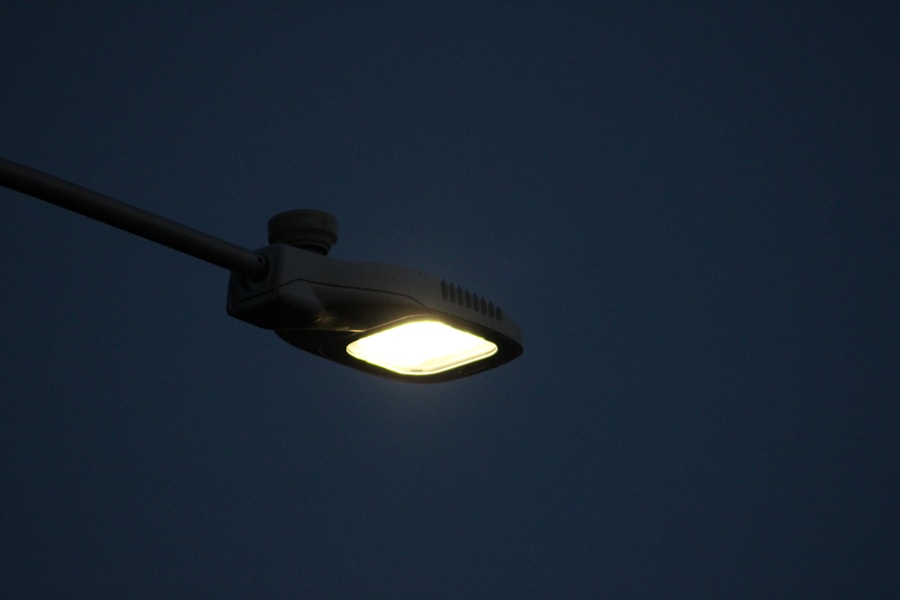Smart home technology has revolutionized the way we live, and it is now making its way into care bedrooms. Care bedrooms are spaces where individuals with special needs or elderly individuals spend a significant amount of time, and incorporating smart home technology into these spaces can greatly enhance their quality of life. From improving safety and security to increasing comfort and convenience, smart home tech has the potential to transform care bedrooms into more functional and efficient spaces. In this article, we will explore the benefits of smart home tech for care bedrooms, essential gadgets for these spaces, and how this technology can overcome challenges and concerns in care settings.
The Benefits of Smart Home Tech for Care Bedrooms
The integration of smart home technology in care bedrooms offers a wide range of benefits for both the individuals receiving care and their caregivers. One of the key benefits is increased safety and security. Smart home gadgets such as motion sensors, smart locks, and video surveillance systems can help caregivers monitor the activities of their patients and ensure their safety at all times. Additionally, smart home tech can improve the overall comfort and convenience of care bedrooms. For example, smart thermostats can regulate the temperature in the room to ensure a comfortable environment, while voice-activated assistants can help individuals with limited mobility control various aspects of their environment without having to physically manipulate switches or buttons.
Essential Smart Home Gadgets for Care Bedrooms
There are several essential smart home gadgets that can greatly enhance the functionality of care bedrooms. One of the most important gadgets is a smart monitoring system that includes motion sensors and video surveillance cameras. These devices can help caregivers keep an eye on their patients and respond quickly in case of an emergency. Another essential gadget is a smart thermostat, which can regulate the temperature in the room to ensure a comfortable environment for the individual receiving care. Voice-activated assistants such as Amazon Echo or Google Home can also be incredibly useful in care bedrooms, as they allow individuals with limited mobility to control various aspects of their environment using voice commands.
How Smart Home Tech Enhances Safety and Security in Care Bedrooms
Safety and security are paramount in care bedrooms, and smart home tech can greatly enhance these aspects. Motion sensors can alert caregivers if an individual has fallen or is in distress, while video surveillance cameras can provide real-time monitoring of the room. Smart locks can also be installed to prevent unauthorized access to the room, providing an additional layer of security. In addition, smart home tech can integrate with emergency response systems, allowing caregivers to quickly summon help in case of a medical emergency. Overall, the integration of smart home tech in care bedrooms can provide peace of mind for both individuals receiving care and their caregivers.
Improving Comfort and Convenience with Smart Home Tech in Care Bedrooms
Smart home tech can also greatly improve the comfort and convenience of care bedrooms. For individuals with limited mobility, voice-activated assistants can be incredibly useful in controlling various aspects of their environment, such as adjusting the lighting or turning on the television. Smart thermostats can regulate the temperature in the room to ensure a comfortable environment, while smart beds can adjust their position to provide optimal support and comfort for individuals with special needs. Additionally, smart home tech can automate various tasks such as turning off lights or locking doors, reducing the workload on caregivers and allowing them to focus on providing quality care.
Overcoming Challenges and Concerns with Implementing Smart Home Tech in Care Bedrooms
While the integration of smart home tech in care bedrooms offers numerous benefits, there are also challenges and concerns that need to be addressed. One of the main concerns is privacy and data security. Caregivers need to ensure that any data collected by smart home gadgets is secure and that individuals receiving care have control over their personal information. Additionally, there may be resistance from individuals receiving care who are not familiar with technology or are uncomfortable with the idea of being constantly monitored. Caregivers need to address these concerns by providing education and support to help individuals understand the benefits of smart home tech and feel comfortable with its implementation.
Future Trends and Innovations in Smart Home Tech for Care Bedrooms
The future of smart home tech in care bedrooms looks promising, with several trends and innovations on the horizon. One of the key trends is the integration of artificial intelligence (AI) into smart home gadgets, allowing them to learn individual preferences and adapt to the needs of individuals receiving care. This could include AI-powered voice assistants that can provide personalized assistance based on an individual’s specific needs and preferences. Additionally, there is a growing focus on developing smart home gadgets that are specifically designed for individuals with special needs, such as smart beds that can adjust their position based on an individual’s movements or health conditions. Overall, the future of smart home tech in care bedrooms holds great potential for improving the quality of life for individuals receiving care and their caregivers.
